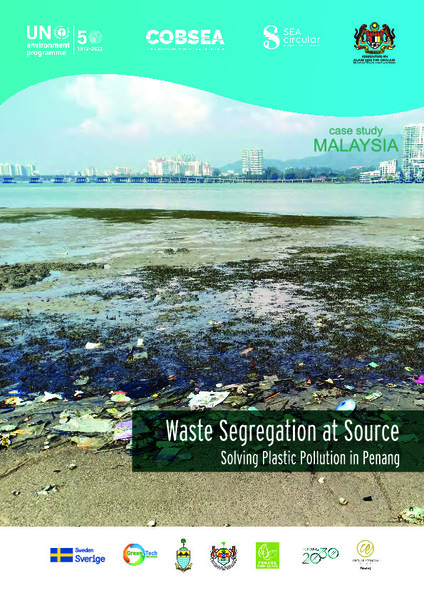| dc.contributor | Ecosystems Division | en_US |
| dc.contributor.author | United Nations Environment Programme | en_US |
| dc.contributor.other | Coordinating Body on the Seas of Southeast Asia | en_US |
| dc.contributor.other | Sea Circular | en_US |
| dc.coverage.spatial | Malaysia | en_US |
| dc.date.accessioned | 2022-07-13T07:40:21Z | |
| dc.date.available | 2022-07-13T07:40:21Z | |
| dc.date.issued | 2021-12 | |
| dc.identifier.uri | https://wedocs.unep.org/20.500.11822/40344 | |
| dc.description | This case study on Waste Segregation at Source: Solving Plastic Pollution aims to reduce the usage of single-use plastic, promote waste segregation at source, increase the recovery of plastic, and encourage circular economy concept. The case study was implemented and conducted by a team from Penang Green Council. | en_US |
| dc.format | Text | en_US |
| dc.language | English | en_US |
| dc.rights | Public | en_US |
| dc.subject | plastic waste | en_US |
| dc.subject | waste treatment | en_US |
| dc.subject | circular economy | en_US |
| dc.subject | Malaysia | en_US |
| dc.subject | case study | en_US |
| dc.title | Waste Segregation at Source: Solving Plastic Pollution in Penang - Malaysia Case Study | en_US |


